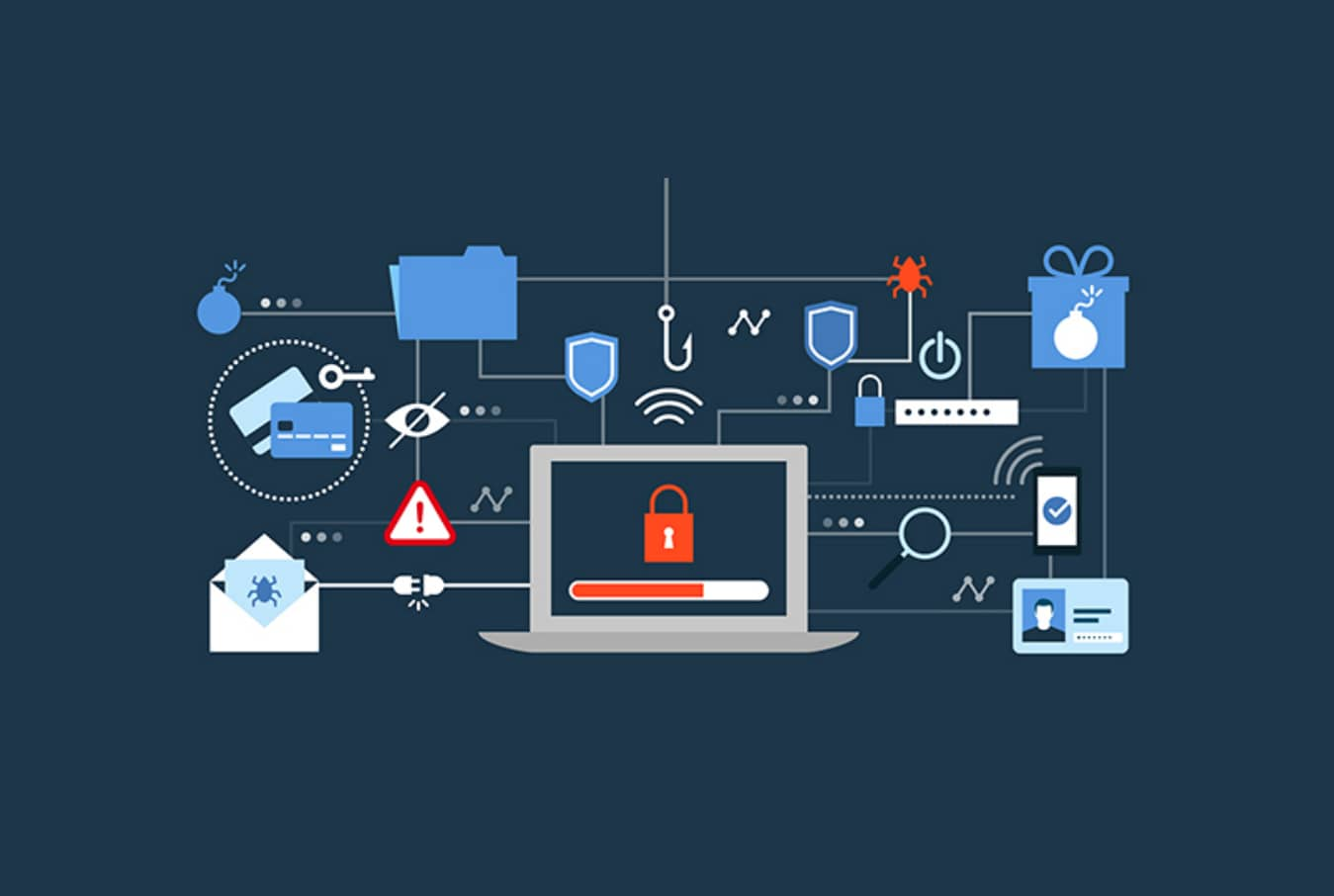The growing variety and sophistication of cybersecurity threats have outpaced the development of conventional security tools. Apart from commoditized and automated hacking methods such as viruses, file-based malware, and botnets, advanced persistent threats (APTs) have also risen to become threats to anyone’s security. APTs are persistent malicious actors that attempt to gain access to infrastructure and mine sensitive information over extended periods of time.
APTs typically have access to a wide range of tools and methods that allow them to gain entry into networks and evade security measures. These capabilities put organizations, especially those that only feature conventional security solutions, at a disadvantage. APTs can easily circumvent traditional tools such as antiviruses and firewalls that can only detect and prevent common and known threats.
The burden of dealing with these threats is borne by IT teams. IT staff are tasked not only to oversee the management and maintenance of networks and devices but also lead the cybersecurity operations of the company. Unfortunately, automated attacks and APTs now make security a 24/7 affair.
To help organizations deal with this issue, they now have to leverage automation to their advantage. Timeliness is key in effective threat management, especially when APTs are actively targeting organizations. Adopting automated solutions can drastically improve your company’s chances of preventing such attacks. Along with a comprehensive security strategy, implementing stringent security measures and automated security solutions must now be among your organization’s top priorities.
Understanding the Burden of Security
IT teams are definitely feeling the pressure of manning cybersecurity. Nearly three out of four security professionals claim that the prevailing shortage in cybersecurity in the job market has significantly affected their organizations. Existing staff have to take on more duties. Unfortunately, their increasing workload can diminish their ability to adequately perform. What’s worrying is that even simple IT blunders can have catastrophic results. Lapses in security can lead to attackers and threats successfully breaching networks.
IT teams need to monitor the ever-increasing number of sophisticated threats. Ransomware attacks alone have increased by 37 percent in the third quarter of 2019. IT teams have to keep an eye on automated attacks which can be a taxing responsibility. Even the most experienced IT staff are incapable of detecting each and every attempt if they only do their monitoring manually.
While investments in security are also on the rise, IT teams still are responsible for properly integrating and deploying these solutions on their infrastructures. They must ensure the proper configuration and deployment of security measures to guarantee protection. Even the tools can cause undue stress. IT staff can suffer from “alert fatigue.” It’s possible for security solutions to send out large volumes of notifications as automated threats constantly probe their defenses. This can easily overwhelm the staff assigned to respond to these alerts.
Using Automation to Your Advantage
If your own organization’s IT team is among those feeling the crunch, it’s important for you to take pause and see how you can help them face these challenges. It can be helpful to regularly review your strategies and evaluate your security solutions.
Since most threats attempt to breach networks automatically, you must regularly test your organization’s security measures. You can adopt breach and attack simulation (BAS) platforms to help you automatically run tests for all the tools and measures implemented in your infrastructure. These tools can also provide you with quantifiable evaluation and suggest corrective actions for you to quickly address the vulnerabilities in your system.
You can also leverage IT management platforms to ensure that all your systems and applications are patched and updated. Unpatched system vulnerabilities are one of the main reasons for security breaches. IT management platforms can scan all endpoints to determine which of these devices need updates and can even automatically deploy patches as needed. They can also help streamline your IT team’s maintenance tasks, allowing them to focus on more critical detection and remediation activities.
Another way you can leverage automation is by using smart monitoring and log analysis tools that can instantly check all the activities that transpire within your network. Modern log analysis tools, for instance, can detect suspicious activities and patterns aside from giving your detailed reports of all events that happen across devices and servers. These insights can reveal the presence of APTs that may be targeting or lurking in your network. Having a clear and accurate picture of what goes on in your infrastructure enables your IT team to mitigate and respond to threats.
Building Expertise
Automated tools can surely help lighten your IT team’s load and boost your ability to secure your infrastructure. Automation enables you to analyze large quantities of data and detect suspicious activities instantly. They can also give timely suggestions to help IT leaders make effective decisions.
But what would make your security even more robust is combining the capabilities of machines with security expertise. Consider investing in your IT staff’s education and training so that they will be better at keeping an eye on your systems and identifying threats that security tools may have overlooked.
Furthermore, strategies and standards are still very important in cybersecurity and only with skilled IT leaders can these practices be truly implemented. Ultimately, the combination of the right tools and highly-trained IT professionals can help you build that solid defense to protect your business.







